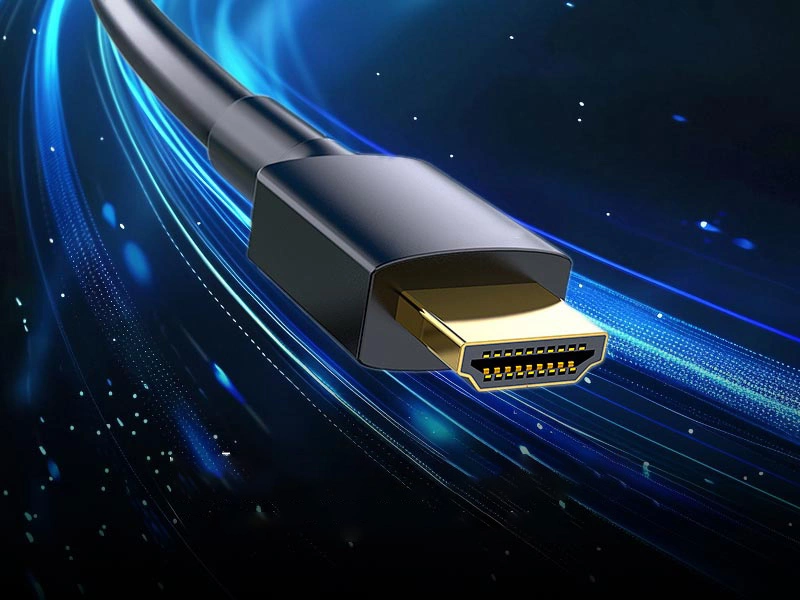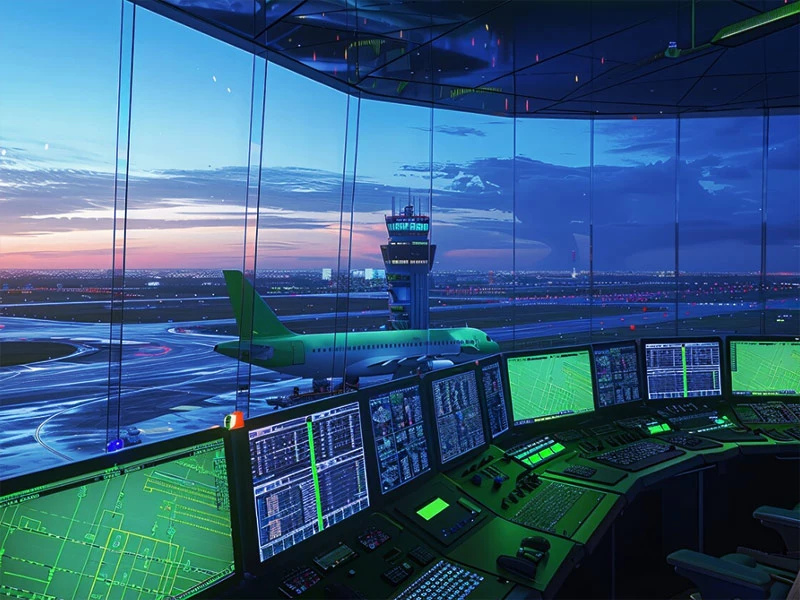These years, HDMI 1.4, HDMI 2.0, and HDMI 2.1 have been used in KVM devices to deliver a better experience in highly demanding scenarios. The purpose of the updated version is to satisfy the demands of modern AV technology for higher bandwidth and more advanced features. At CES 2025, the HDMI Forum officially announced the latest HDMI 2.2 specification and the Ultra96 HDMI cable to be used.
What Is HDMI 2.2?
HDMI 2.2 is a digital audio/video interface standard released in 2025, succeeding HDMI 2.1 to address growing demands for higher-resolution content. It delivers up to 96 Gbps bandwidth, enabling up to 10K video at 120Hz. It can facilitate uncompressed data far more quickly. This version 2.2 can also support LIP (Latency Indication Protocol) to achieve Audio Syncing. In addition, HDMI 2.2 is backward-compatible with older HDMI versions, though some outstanding features are not supported.
New Improvements of HDMI 2.2
As we all know, many versions of the HDMI interface standards were created with the rapid development of technology. Today, to introduce the outstanding features of HDMI 2.2, we will make a comparison between HDMI 1.4, HDMI 2.0, HDMI 2.1, and this latest technology standard.
| Features | HDMI 1.4 | HDMI 2.0 | HDMI 2.1 | HDMI 2.2 |
| Release Date | 2009 | 2013 | 2017 | 2025 |
| Max Bandwidth | 10.2 Gbps | 18 Gbps | 48 Gbps | 96 Gbps |
| Max Resolution | 4K@30Hz | 4K@60Hz | 8K@60Hz | 10K@120Hz |
| HDR Support | No | Yes | Yes | Yes |
| Cable Type | Standard HDMI | High-Speed HDMI | Ultra High Speed HDMI | Ultra96 HDMI Cable |
| Audit-Video Sync | Basic (ACR, Manual Adjustment) | Dynamic Lip Sync | Auto Low Latency Mode(ALLM) | Latency Indication Protocol |
Certainly, this version 2.2 has backwards compatibility. It means that the physical interface of HDMI 2.2 devices can be compatible with older versions of HDMI 1.4, HDMI 2.0, and HDMI 2.1, but the functionality will be limited to the lower versions.
Do KVM manufacturers need to upgrade KVM devices?
Until today, HDMI 1.4 and HDMI 2.0 interface standards are still widely used in KVM equipment to satisfy customers’ need for 4K video. Even in the market, KVM devices with HDMI 2.1 are hard to find. And many ordinary industries don’t need extremely high resolution. At present, even if HDMI 2.2 is applied to KVM devices, its cost will be very high. Therefore, in the future, how this interface standard will be applied in KVM equipment needs to be based on actual user needs and technology development capabilities.
Summary
As the latest version of the HDMI interface standard, HDMI 2.2 delivers unprecedented bandwidth (96 Gbps), ultra-low latency, and advanced feature integration. Compared with HDMI 1.4, HDMI 2.0, and HDMI 2.1, this newest interface standard can support up to 10K@120Hz, providing a high-definition visual experience. KVM manufacturers don’t need to upgrade KVM equipment immediately because HDMI 1.4 and HDMI 2.0 are still the mainstream.



